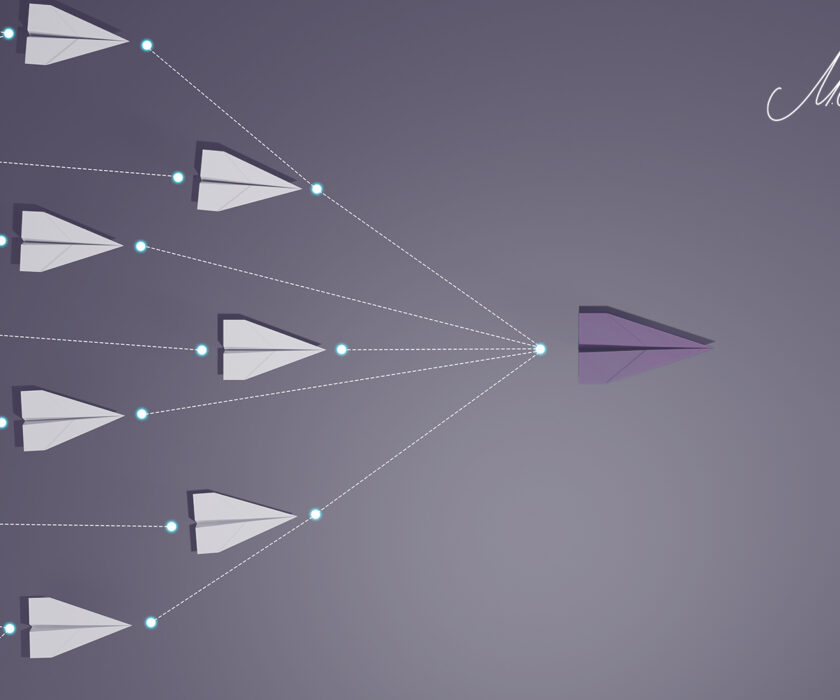In today’s market, hundreds or maybe even thousands of businesses sell similar products. Attracting customers who are willing to pay for your new product or service can be difficult. Of course, the uniqueness of a product and its competitive advantage plays a major role in helping this product stand out in the market and get chosen by its target customers, however, this is not the only factor that you as a business owner should focus on.
From a customer’s viewpoint, there are multiple factors that affect their choice of product or service provider. Pricing and payments are one of the main factors that affect that decision.
Monetization defines crucial parts of your product’s pricing and the payment methods you’ll use to make your customer’s experience better. This is why knowing the available Monetization types and choosing the right one at the beginning of your business can help it survive and, later, thrive in a highly competitive market.
In this article, I’m exploring the main monetization types that any business, profit or non-profit, can depend on to generate a sustainable income.
Monetization Types
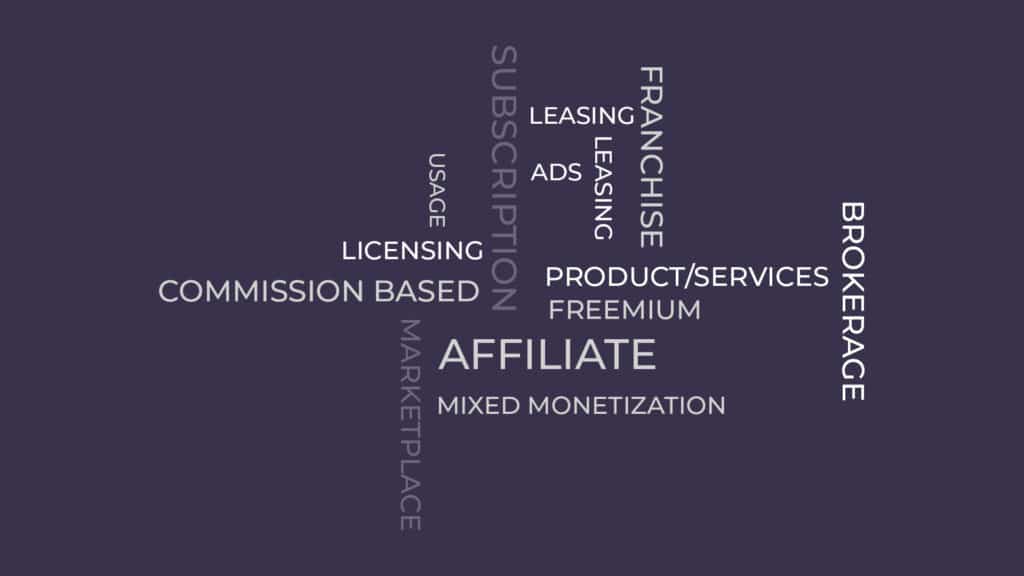
Monetizing your business should be the first and most important goal. No business can survive without monetization. Even if the business or organization you’re planning will be a non-profit, it still has to generate an income to sustain itself and cover its costs whether this income is going to be through direct donations or through developing a simple service that donors can buy to support the non-profit.
In all cases, your business plan must include at least one monetization type to be able to survive and grow in the market.
Let’s take a look at some of the most successful monetization types in today’s market.
Subscriptions
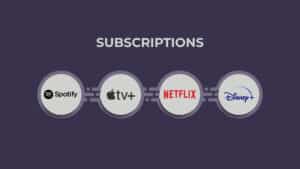
The subscription monetization type gives your business the substantial advantages of having a fixed income and retaining customers. Having a monthly or annual recurring income allows you to have accurate forecasts for your business which, in turn, assists your expansion plans.
Licensing

Patents are another example of licensing monetization where a company invents or develops new technology and registers this technology as its intellectual property. For other companies to use this tech, they’d have to buy its license from the owner company. A good example of this is the OLED display. Originally, Samsung developed OLED displays and used them in Samsung phones, but later on, Apple bought the license from their largest competitor and started using OLED in iPhones.
Brokerage
The brokerage monetization model can, of course, be found in the stock market where investors must use brokerage services to buy and sell their stocks. Another example can be found in the real estate market where investors hire brokers to sell and buy properties for them in exchange for a fee. This type of monetization is also finding a new home in the world of blockchain where new investors rely on brokers to buy and sell cryptocurrencies to make a profit from a market of which they may not have sufficient knowledge or understanding.
Leasing
While most people are familiar with leasing as individuals who rent houses or cars, leasing actually becoming more popular in the business world.
Leasing is growing as a monetization type as more and more businesses are adopting the light-asset model where the business leases or rents even its most essential assets such as manufacturing machines, delivery vehicles, and even factory buildings instead of investing astronomical numbers in buying those assets.
Affiliate
Affiliate programs are built on the network effect. For example, when you see an influencer promoting a certain product, this is affiliate monetization of this influencer’s brand. Affiliate monetization is not only for individuals as in the influencer example, but you can also generate income by promoting products through your business, like placing an ad on your website or endorsing a service in a video, for example, in exchange for a percentage of all sales that come through that ad. This way, your business cost to generate this income is as low as it gets!
The appeal of the affiliate monetization model is that it’s almost completely risk-free. Being an affiliate for a brand does not require you to invest in the brand itself, or its products, or hire and manage a sales team.
Of course, for the affiliate monetization model to work properly and be profitable, you’ll need to build a following base for your own business brand so that you can generate sales for the brand you’re promoting from these followers. So, most of your effort should be focused on that direction.
As you can tell, affiliate marketing is a more suitable monetization type for businesses that depend on individuals and influencers as it depends, more often than not, on endorsing products and services from a person to their audience. So, if you’re thinking about affiliate marketing, my recommendation would be to generate income from this type of monetization through your social media platforms to support your team as your business grows with the growth of your social media following.
You can start by checking out affiliate networks where you can learn about affiliate programs, find advertisers, and get paid on time.
Ads
Advertising is perhaps one of the most traditional models of monetization for online platforms and services. If your business is a website or an app that depends on daily visitors such as Facebook, Google, or Instagram, you can monetize this website by displaying ads for different brands in different placements in exchange for a fee. Essentially, any online service that’s presenting itself as a free service, it’s most likely relying on the Advertising type of monetization.
The difference between affiliate and ads is that affiliate is usually focused on certain brands while ads come randomly through a service like Google Adsense, for example. So, with an affiliate monetization model, you can have more control over the promotional content going out to the public through your business. Ads, on the other hand, give you income through displaying the ads on your platform regardless of the number of purchases or clicks that go through your website.
Usage
With Usage monetization, you’ll allow your customers to use your services and bill them at the end of the month or the year, depending on your billing plan, in exchange for the usage rights. This type can be seen in services like Amazon Web Services and Google Cloud as well as in the telecom industry where users pay a monthly bill in exchange for unlimited usage of network services like Vodafone. In a nutshell, as long as the customers are using the business’s products or services, they pay according to the bill of their choice.
Franchise
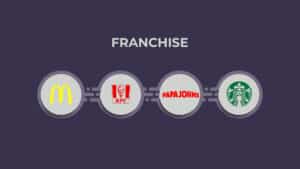
To follow this model of monetization, you must invest in building a recognizable brand with a huge loyal customer base to be able to attract investors to buy your franchise rights.
Product / Service
This type is straightforward, you build a product or develop a service and sell them to customers where the sale is a one-time occurrence and final. Selling T-shirts, smartphones, or even a meal in a restaurant follows this model.
Freemium
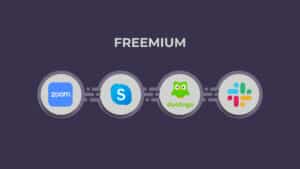
Marketplace
Your business can follow this monetization model if you’re building a platform for other sellers to offer their products and services. This model is followed by Amazon, eBay, Etsy, and Alibaba, to name a few.
Commission-Based
This type of monetization is mostly found in shared-economy businesses such as Upwork, Uber, and Airbnb where the business owner gets a commission for connecting the service provider with the buyers.
Mixed Monetization
As you must’ve already guessed, many businesses rely on a mix of monetization models to generate revenue. For example, most Freemium-based businesses also rely on either a subscription or a license model. A Freemium-based service such as Spotify also uses the Subscription and Ads models, and so on.
Conclusion
Now that you’re familiar with the most common monetization types, you can revise your business plan and business model to choose the most compatible monetization type with your future business.
Deciding the monetization type of your business can be flexible as you can start with one initial monetization model and, as always, pivot in the future to change or add other monetization types to increase your business income. Now, you’re one step closer to building a successful business!



